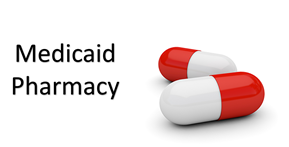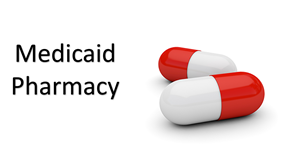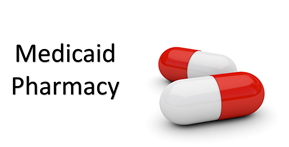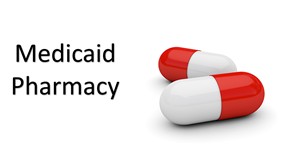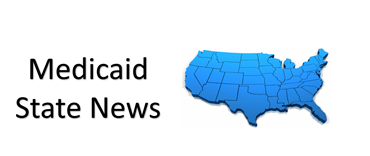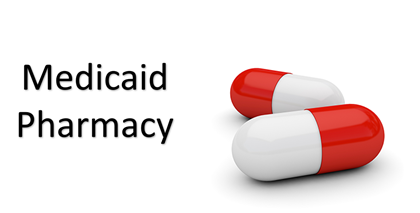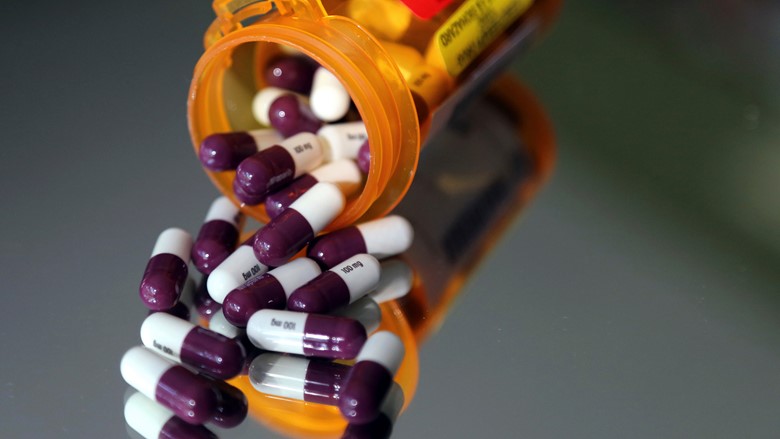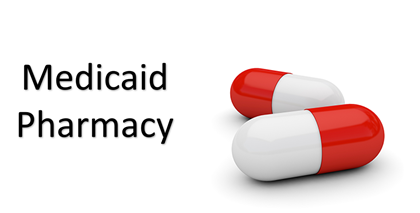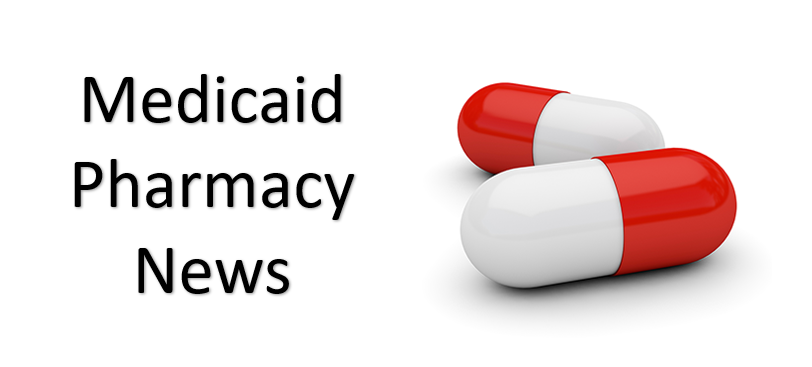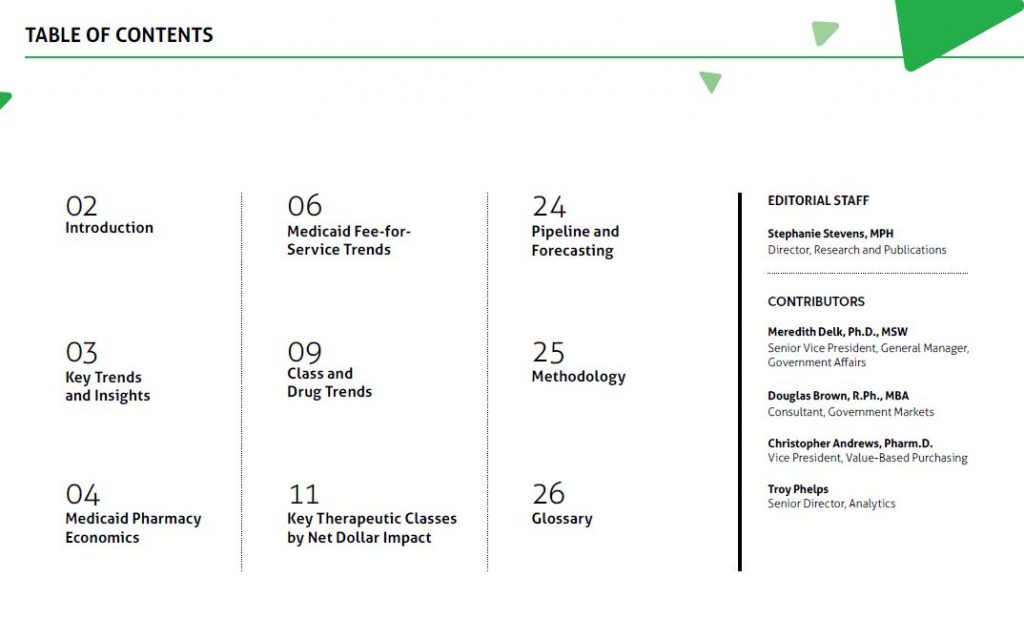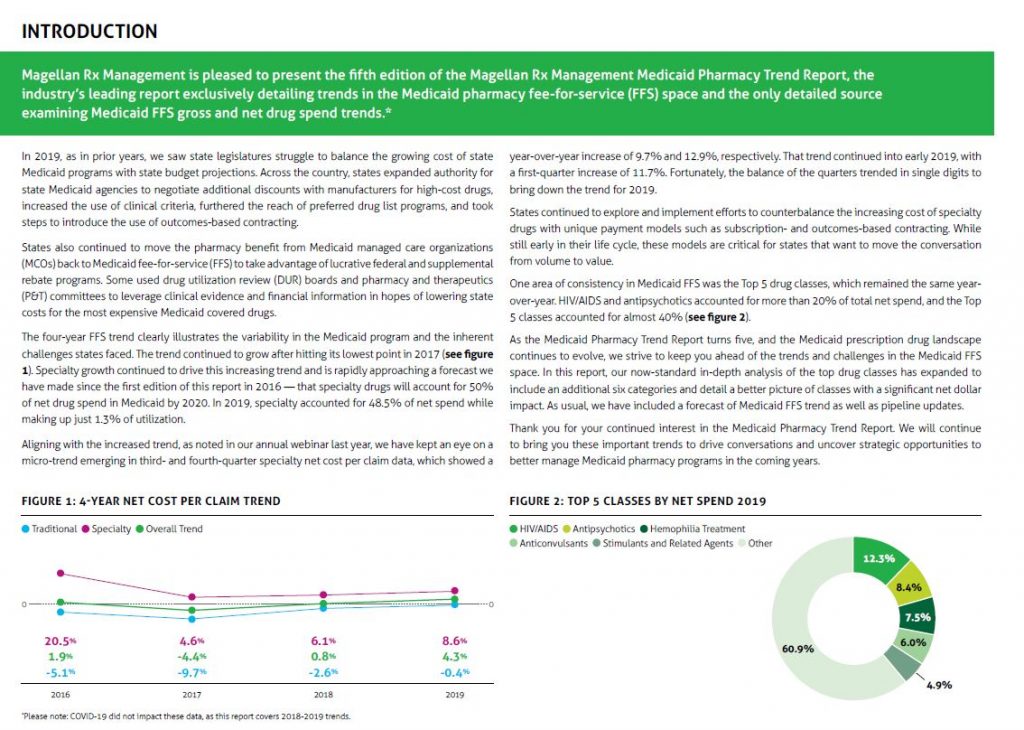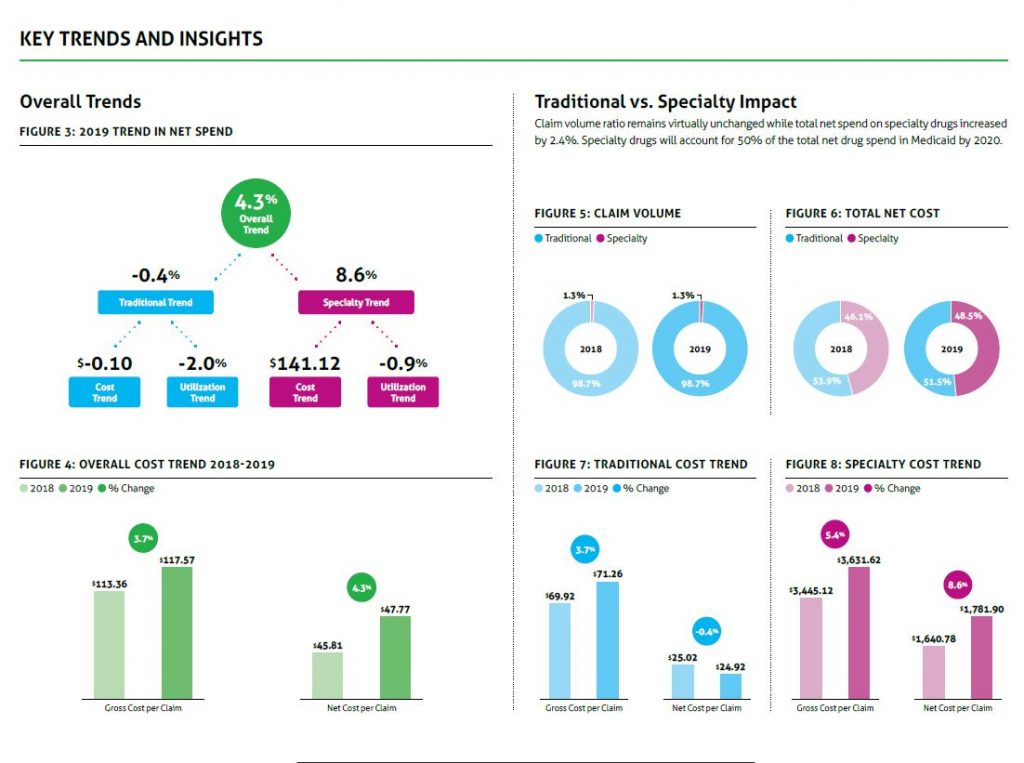MM Curator summary
The current COVID relief bill still has the removal of the drug rebate cap for Medicaid drugs.
The article below has been highlighted and summarized by our research team. It is provided here for member convenience as part of our Curator service.
The American Rescue Plan Act of 2021, the US$1.9 trillion stimulus package expected to be passed by Congress and signed into law by President Biden by March 14, 2021, contains the first drug pricing legislative action being taken under the new Biden administration.
The American Rescue Plan Act of 2021 includes a provision that eliminates the statutory cap on rebates drug manufacturers pay to Medicaid. These rebates act as a discount off the purchase price and eliminating the cap means that drug company discounts paid to Medicaid can rise. Prior to this change, drug manufacturers could have paid up to 100 percent of the Average Manufacturer Price in rebates to state Medicaid programs for Medicaid-covered drugs.1
Starting in January 2024, Medicaid rebates will no longer be capped at 100 percent of the Average Manufacturer Price, which means a manufacturer may in essence have to pay Medicaid when its drug is used.2 The Biden administration removed the rebate cap, which had been in effect since 2010,3 despite reports that net prices for drugs are declining, and despite criticism that eliminating the cap might result in higher initial launch prices for new drugs and cost shifting to commercial insurance and to Medicare.
The removal of this overall limit on Medicaid rebate obligations—which means no ceiling on the discounts drug companies pay to the state—marks the Biden administration’s first legislative action on drug pricing. The action is in line with President Biden’s campaign proposals on drug pricing, but whether this action signals more activity at the federal level on drug pricing in 2021 remains unclear.
In 2020, most of the drug pricing activity was at the state level, as efforts by the Trump administration eventually stalled in court or were put on hold by the Biden administration, although the December 2020 COVID-19 relief package included provisions directed at increasing drug price transparency.4
The Medicaid Rebate Cap
The Medicaid Drug Rebate Program was created to ensure that Medicaid pays the lowest or best price a manufacturer charges other payers for the drug, and it requires manufacturers to pay set rebates off the Average Manufacturer Price (“AMP”), or the difference between the AMP and best price,5 whichever is greater, for brand drugs purchased by Medicaid.6 The AMP is the average price paid by wholesalers and by retail community pharmacies that purchase drugs directly from manufacturers.7
Medicaid also requires manufacturers to pay an additional rebate when the price of a drug increases faster than the rate of inflation, which acts to essentially limit price increases for Medicaid to the rate of inflation.8 Since 2010, pursuant to Section 1927(c)(2)(D) of the Social Security Act, the total Medicaid rebate amount a drug manufacturer was required to pay was capped at 100 percent of the AMP,9 so that manufacturers would never have to pay a rebate higher than the statutory average purchase price. Accordingly, once the total rebates a manufacturer pays to Medicaid for a drug reaches the 100 percent rebate cap, the manufacturer is not required to pay additional rebates if the drug price continues to outpace inflation.
Overview of the Legislative Change
The American Rescue Plan Act of 2021, in Section 9816, terminates Section 1927(c)(2)(D) of the Social Security Act at the end of 2023, which will eliminate the rebate cap of 100 percent of the AMP.10 The House Committee on Energy and Commerce proposed the new provision in the 2021 legislation as a part of its broader legislative recommendations for the Medicaid program under Congress’s budget reconciliation directive.11
Implications
1. Implications of Medicaid Cap Removal
Without a cap on the rebates drug manufacturers are required to pay under Medicaid, manufacturers may be required to compensate states in an amount greater than what the state Medicaid programs pay for the drug. This could effectively mean that drug manufacturers might have to pay states for the use of certain drugs in their Medicaid programs, which already pay the lowest price across federal programs due to the effect of statutorily required rebates.12
The policy change will have the largest impact on brand drugs whose prices have been or will be consistently raised and have reached the 100 percent rebate cap.13 Former Health and Human Services (“HHS”) Secretary Alex Azar reported that in 2019 more than 2,300 drugs were at the 100 percent cap on rebates.14 When a brand drug reaches the 100 percent rebate cap, under existing law, the brand drug manufacturer is already effectively receiving zero net revenue from Medicaid use of the drug and in some instances may be providing the drug to the states for free (before considering any fees paid to pharmacies for dispensing).
Proponents view the elimination of the cap as a way not only to lower net prices for states through rebates that could potentially be greater than the purchase price, but also to deter further steep price increases.15 The Congressional Budget Office estimates that removing the cap on rebates would save the federal government approximately US$15.9 billion over the ten-year period 2021 – 2030.16 Commentators, however, doubt that removing the rebate cap will change the calculus for the broader drug market because Medicaid makes up only about ten percent of it.17
Pharmaceutical manufacturer trade groups, such as the Pharmaceutical Research and Manufacturers of America (PhRMA), have criticized the elimination of the rebate cap, highlighting reports that indicate removing the cap may lead to higher launch prices, increased costs for commercial and Medicare buyers, and decreased innovation on drugs that have high Medicaid usage.18 Further, reports have shown that the net price of drugs has declined in the last two years, while overall health care price growth has increased.19 Despite reports of a decline in net drug prices and criticism of eliminating the 100 percent rebate cap, the provision passed through the House and the Senate and is expected be approved by the House pursuant to the budget reconciliation procedure, and to be signed into law by President Biden by March 14, 2021.
2. Looking Forward on Drug Pricing Regulation Under the Biden Administration
Elimination of the Medicaid rebate cap provision is the first legislative measure under the Biden administration on drug pricing.
Lowering drug prices was a key policy goal of the Trump administration; however, the administration largely failed to achieve its objectives. Notably, President Trump issued four executive orders in the last months of his term that made headlines as they focused on reducing the cost of insulin and injectable epinephrine to low-income individuals, allowing importation of drugs from other countries at lower prices, eliminating the anti-kickback safe harbor protections for rebates paid to pharmacy benefit managers and insurers but allowing rebates to consumers at the point of sale, and establishing a most favored nation (“MFN”) pricing model for Medicare drug payments based on international drug prices.20
Each of these executive orders reached the rulemaking stage in the waning days of the Trump administration but received criticism and concern from major industry stakeholders and ultimately stalled.21 The rules relating to the rebate safe harbor, the MFN model, and drug importation faced numerous legal challenges from industry trade groups, with courts delaying implementation of the rebate rule and enjoining implementation of the MFN rule.22 President Biden paused the rulemaking procedure for all four late-issued rules from the Trump administration until March 22, 2021.23
While it remains to be seen whether the Biden administration will go forward with any of the rules begun under the Trump administration, or with any other initiatives on drug pricing advanced by the previous administration, drug pricing and lowering health care costs were a central point of the Biden campaign. President Biden has said that he supports several proposals to address public concern about high drug pricing, including requiring manufacturers to pay a Medicaid-style inflationary rebate for Medicare, allowing Medicare to negotiate rebates directly with manufacturers, and international reference pricing for newly launched specialty drugs.24
Further, while the CARES Act was silent on drug pricing and instead focused on the drug supply chain,25 the COVID-19 relief package passed in December of 2020 contained provisions related to drug pricing transparency, including reporting by health plans on the cost of their highest-spend drugs and the impact manufacturer rebates have on premiums.26 The Medicaid rebate provision in the American Rescue Plan Act goes a step further by acting to regulate rebates paid by manufacturers.
Clipped from: https://www.lexology.com/library/detail.aspx?g=91155dd2-193e-4333-b0e4-32eca3bcbfc2
